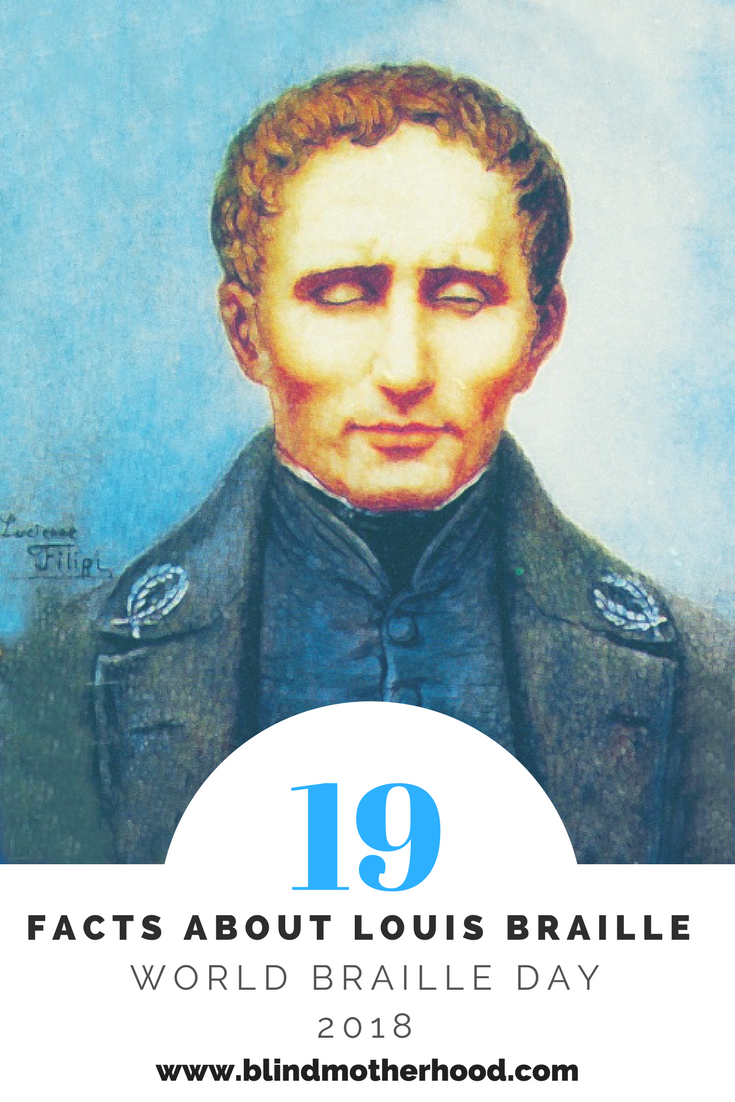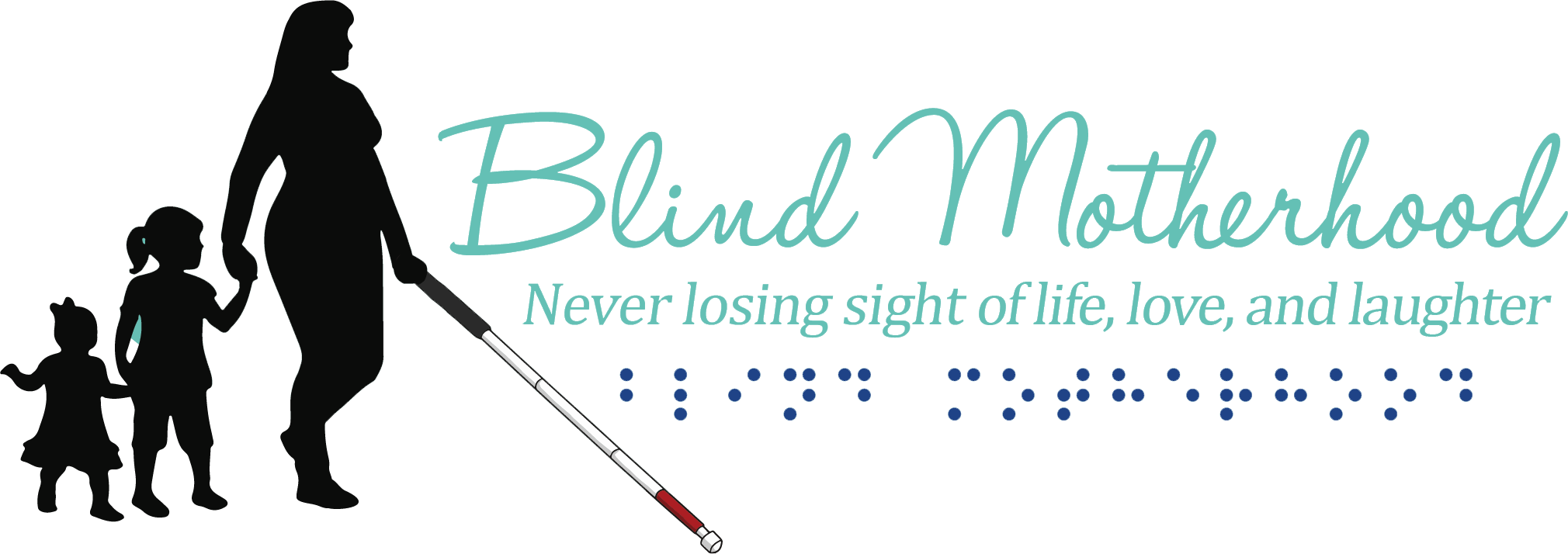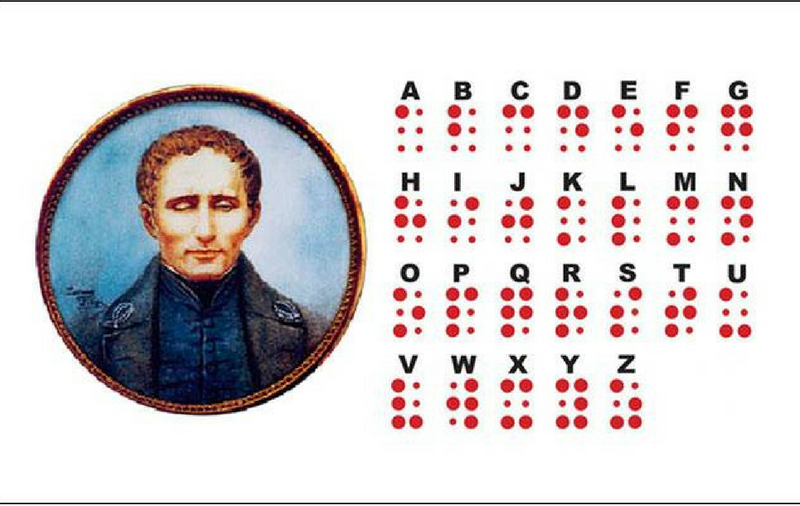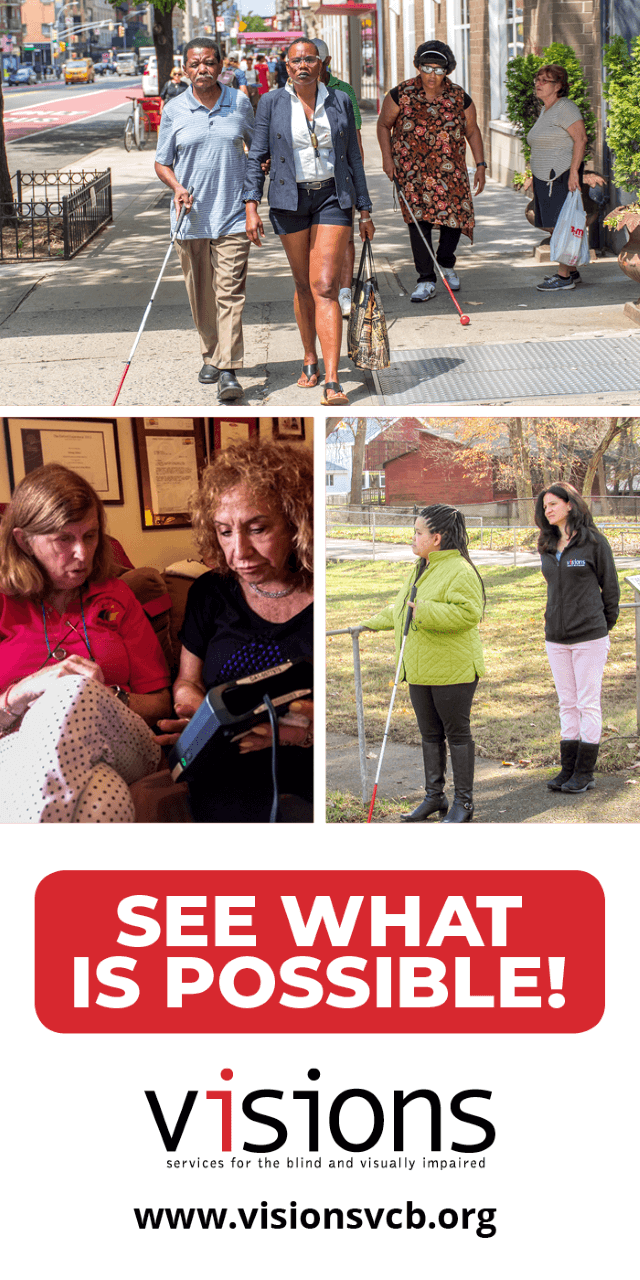World Braille Day is celebrated annually on January 4th, the birthday of Braille inventor, Louis Braille. Louis would have been 209 years old today! Organizations around the globe use World Braille Day to promote awareness about the challenges faced by visually impaired individuals and to encourage businesses and governments to create economic and social opportunities for the blind.
In 1841 Braille said, “If we are not to go on being despised or patronized by condescending sighted people. We do not need pity, nor do we need to be reminded that we are vulnerable. We must be treated as equals – and communication is the way we can bring this about.”
In honor of World Braille Day and the simultaneous 209th birthday of its founder, Blind Motherhood presents 19 Fascinating Facts about Louis Braille.
- Louis Braille was not the first to attempt to create embossed letters or shapes on wood or paper to enable the blind to read by touch. After the Napoleonic Wars, a French artillery officer named Charles Barbier invented “Night Writing,” raised dots on cardboard used to send written messages on battlefields by night.
- Braille was born in 1809 in the village of Coupvray, twenty-five miles east of Paris, to a saddler and his wife. The couple named all their children after kings and queens of France.

PD: Close up of Louis Braille Water Color Portrait. - Louis was blinded at the age of 3 in an accident with a sharp awl when he was playing with some tools in his father’s workshop. Medicine during this time was quite antiquated and while only one of Louis’ eyes was damaged in the initial accident, infection soon spread, blinding him in both eyes.
- As a boy, Louis Braille was taught to read by feeling upholstery studs hammered into pieces of wood in the shapes of letters and numbers.
- In 1819, at the age of 10, he was accepted to the Institute for Blind Children in Paris.
- At the institute in the rue St-Victor, where the boys and girls were kept strictly segregated, crossed twigs were used to signify the letters of the alphabet.
- Louis’ school had a small orchestra and he learned to play both the cello and the organ.
- Captain Charles Barbier, continued to promote his “Night Writing Method” to French military officials. They refused to use it. In the 1820s Captain Barbier has an idea that perhaps his system could be used by the blind. He took it to the school in the rue St-Victor, where Louis Braille was a student.
- Louis Braille was tasked with evaluating Barbier’s system. While he found it interesting, he thought it was too simplistic to help the blind. However, the exposure inspired Louis to adapt and complete his own improved system.
- In 1824 at the age 15, Louis had finally created his six dots system in varying patterns of domino-like ‘cells’, providing a total of 63 permutations for different letters and numbers.
- Braille later included musical notes and a 64th permutation, with no dots at all, otherwise knowns as the “space” symbol.
- The other pupils at the school soon adopted Braille’s method. Its simplicity made it easy to learn. However, the school did not officially endorse it because money was scarce and the cost of introducing it was far too expensive.
- Braille became a teacher at the same school where he had received his education.
- In 1826 and published a modest thirty-two-page book, entitled Method of Writing Language, Plain Chant and Music, by Means of Raised Points for the Use of Blind Persons. It was printed in embossed text.
- Braille began to show the first symptoms of tuberculosis, the disease which would eventually kill him, shortly after his book was released.
- Louis produced an improved version of his system in 1837 and Pierre Foucault, another blind ex-pupil of the school, invented what was in effect the first typewriter for the blind in 1841.
- Louis Braille died at the school in Paris two days after his 43rd birthday. His brother hired a horse and cart to drive the body back to Coupvray.
- On June 20th, 1952, Louis Braille’s remains were disinterred at Coupvray and taken to Paris to be deposited with honor in the Panthéon. The bones of Braille’s hands, however, were separated and kept in a concrete box on top of his empty tomb at Coupvray.
- Louis’ burial ceremony in Paris was attended by the President of the Republic, Vincent Auriol, and by blind people and delegations from more than 20 countries.
Is your school or organization commemorating World Braille Day? Drop me a comment below and let me know how you’re helping to honor the legacy of Louis Braille! #worldbrailleday #louisbraille











My daughter and her vision teacher had cherry cheesecakes to celebrate today.
Wow! Any connection to the cherry cheesecake selection and Louis Braille? I mean, I would eat that any day of the week! LOL!
Agreed.
Lmao
your kids look so cute!!!
Very interesting and helpful info on Louis Braille.
It was perfect for my child’s homework!